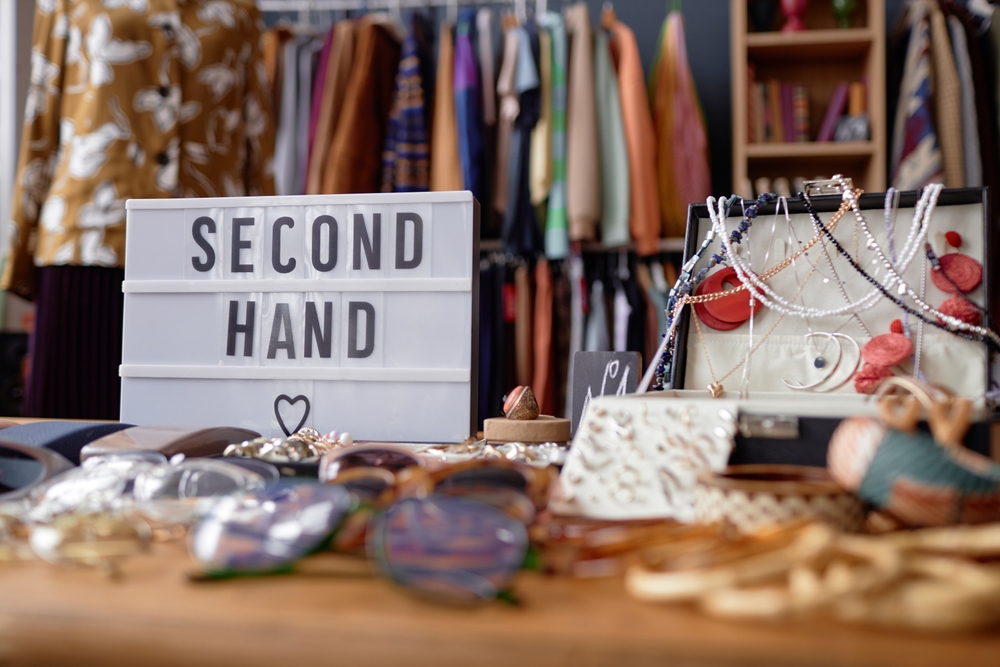Thrifting can save money and reduce waste, but not everything at a secondhand store is worth taking home. Some items are safe, high-quality, and even better when bought used, while others can be risky due to hygiene issues, safety concerns, or hidden damage. Here is a detailed guide to what is worth thrifting and what you should avoid.
10 Things Worth Thrifting
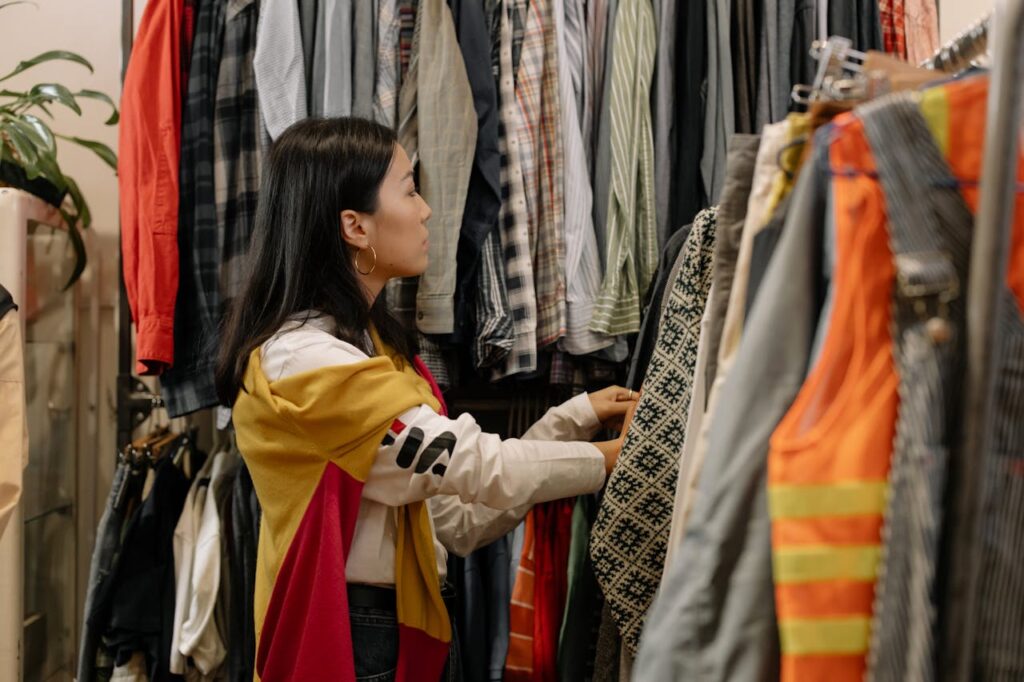
Thrift stores, flea markets, and garage sales can be treasure troves for savvy shoppers. Many secondhand items are just as good as new, and in some cases, they are even better because of their quality, craftsmanship, or unique character. From sturdy furniture to timeless clothing, certain goods can be bought used without sacrificing safety or performance. Choosing these items secondhand not only saves money but also reduces waste and gives them a second life, making it a win for both your wallet and the environment.
1. Solid Wood Furniture
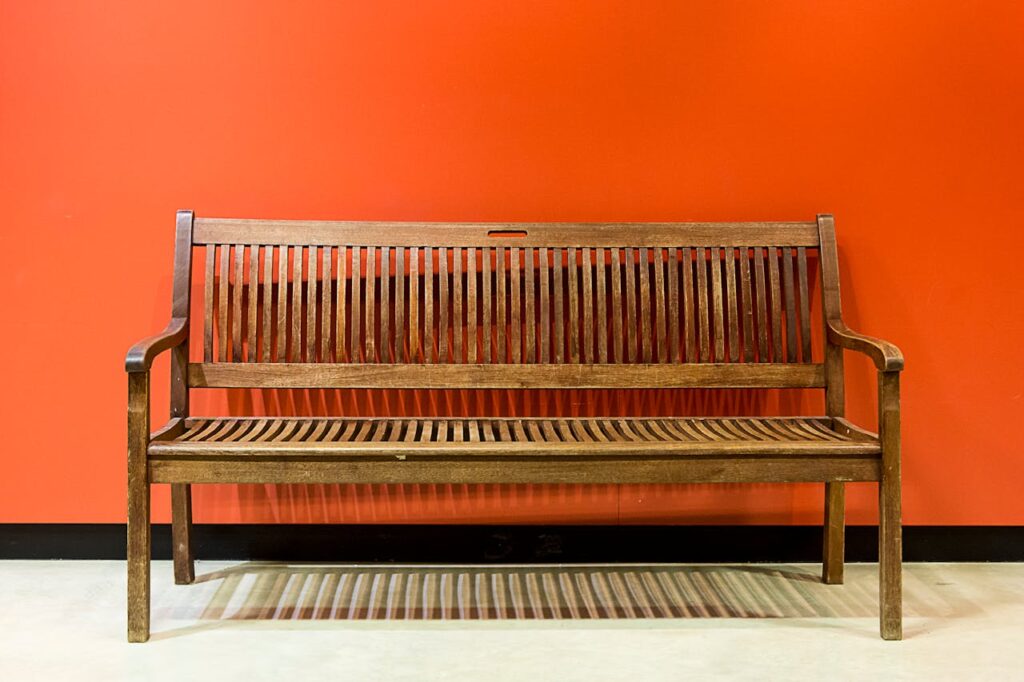
Solid wood furniture is one of the best thrift store purchases you can make because it is built to last for decades. Unlike modern pieces made from particleboard or veneer, solid wood can be sanded, refinished, or painted to match your style. Look for signs of quality, like dovetail joints, sturdy legs, and a solid frame that does not wobble. Even if the surface has scratches or water rings, these can often be removed with a light sanding and some furniture oil. Thrift stores, estate sales, and even curbside finds can yield beautiful vintage dressers, tables, and chairs at a fraction of retail prices. Buying used also means you are likely getting unique designs that are no longer made, which can make your home feel more personal and less like it came straight out of a catalog.
2. Cast Iron Cookware
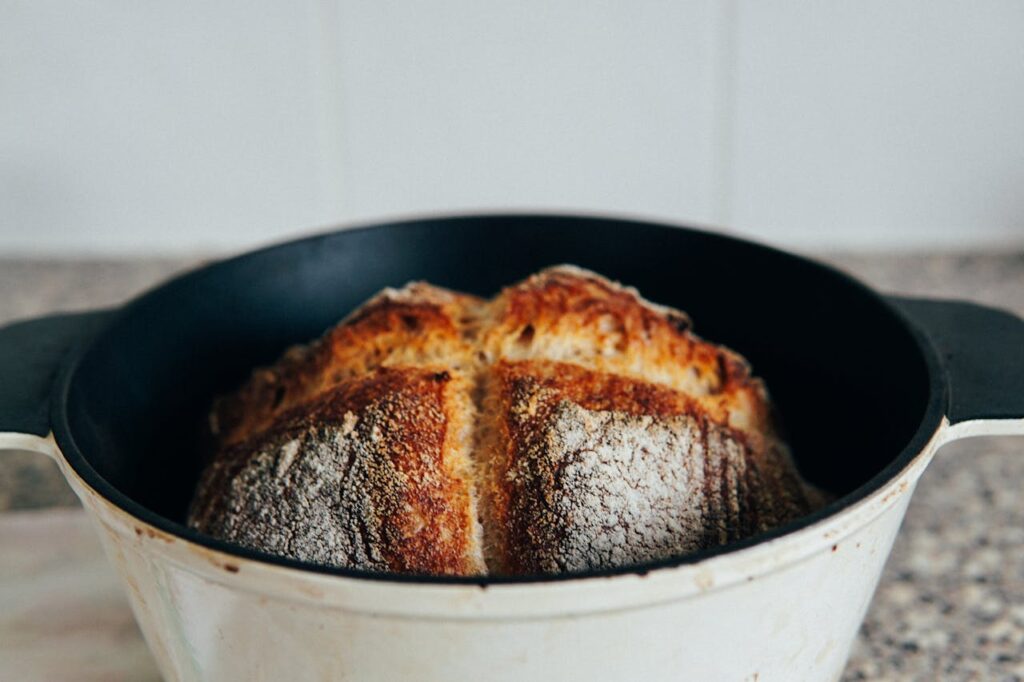
Cast iron is practically indestructible, and buying it secondhand can save you a significant amount of money. Older cast iron pieces, especially those made by reputable brands, are often higher quality than many modern versions. Even if the surface looks rusty or dull, it can be brought back to life with a good scrub, some steel wool, and a fresh seasoning layer in the oven. Once restored, it can last for generations and even improve in performance over time. Thrift store cast iron skillets, Dutch ovens, and griddles are often overlooked by other shoppers, making them a great find for those willing to do a little cleaning.
3. Books

Used books are not only affordable, they also have a certain charm. Thrift stores are full of hidden treasures, from classic literature to out-of-print titles and collectible editions. Vintage hardcover books can also be used for decoration, adding character to bookshelves and coffee tables. Cookbooks, children’s books, and travel guides are often in great condition for just a few coins compared to new retail prices. You can also find academic books and textbooks for students at a fraction of what they would cost in bookstores, saving hundreds of dollars over time.
4. Stainless Steel Kitchenware
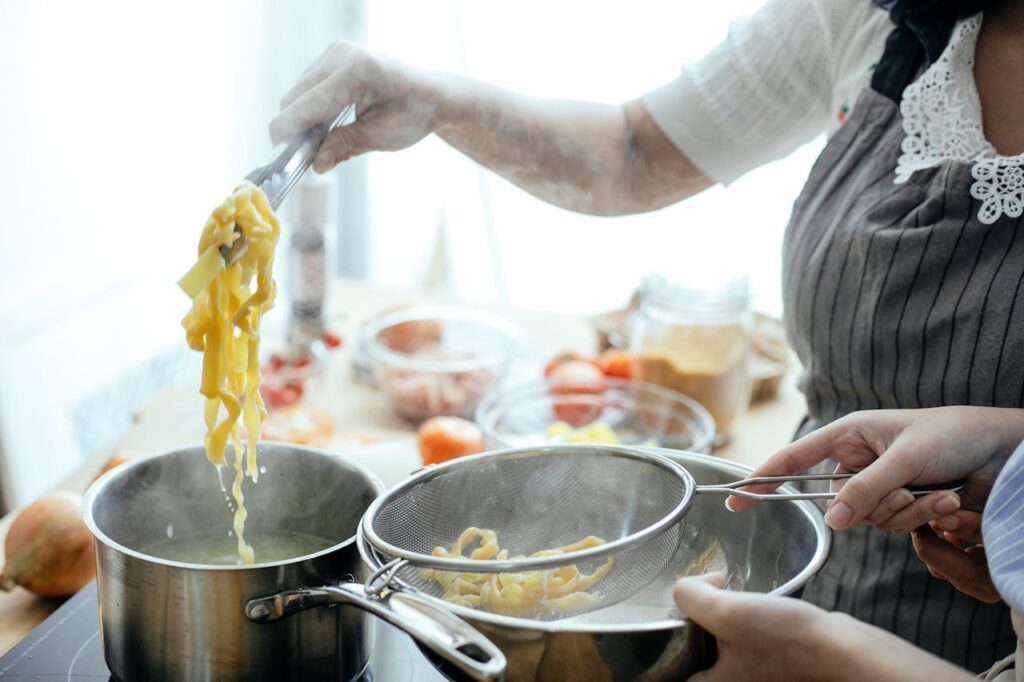
Stainless steel is durable, resistant to rust, and easy to sterilize, which makes it an ideal thrift buy. Items like mixing bowls, baking sheets, cutlery, and pots can last decades without losing functionality. Even if they have minor scratches or dull spots, a quick polish can make them look almost new. Unlike aluminum or non-stick cookware, stainless steel does not leach harmful substances into food, and it can handle high heat without warping. Many thrift stores sell stainless steel kitchenware for just a few dollars, and buying used allows you to upgrade your kitchen on a budget.
5. Bicycles
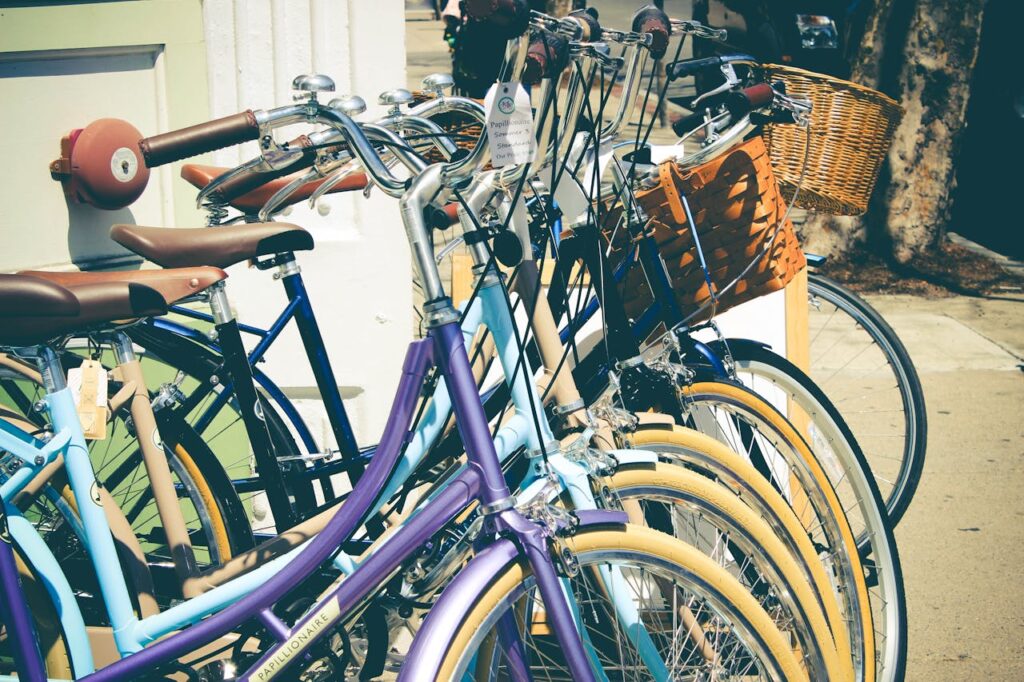
A well-chosen thrift store bicycle can be an incredible bargain. While new bikes can be expensive, secondhand options often cost far less and can perform just as well with a little maintenance. When inspecting a used bike, check the frame for cracks, dents, or rust, and make sure the wheels spin straight without wobbling. You may need to replace the tires, brake pads, or chain, but these repairs are usually inexpensive. Vintage bikes, in particular, can have unique designs and solid craftsmanship that newer models sometimes lack. Thrift store bikes are especially ideal for casual riders or those who want a second bike for short trips.
6. Clothing from Quality Fabrics
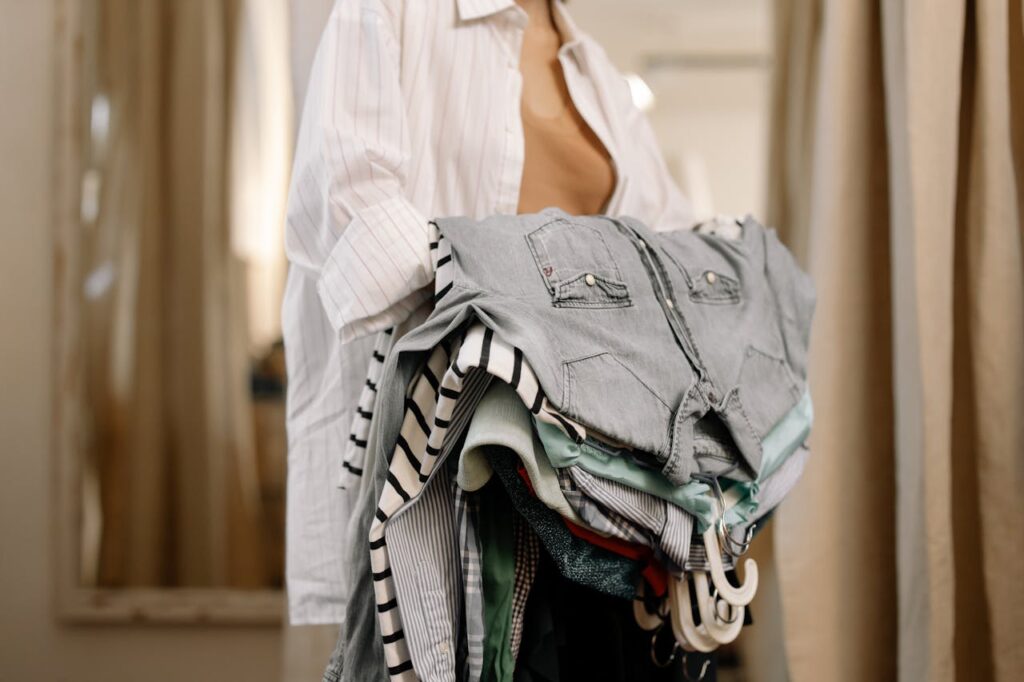
Thrifted clothing can be a goldmine if you focus on high-quality fabrics like wool, silk, cotton, and linen. These materials tend to wear better over time, resist pilling, and can often be repaired if damaged. Check clothing for strong seams, functional zippers, and minimal wear in high-friction areas like elbows and knees. Thrift stores can be a great place to find timeless wardrobe staples such as trench coats, blazers, and jeans from premium brands that would cost far more new. Buying secondhand also reduces textile waste and gives clothing a longer life, which benefits both your wallet and the environment.
7. Musical Instruments
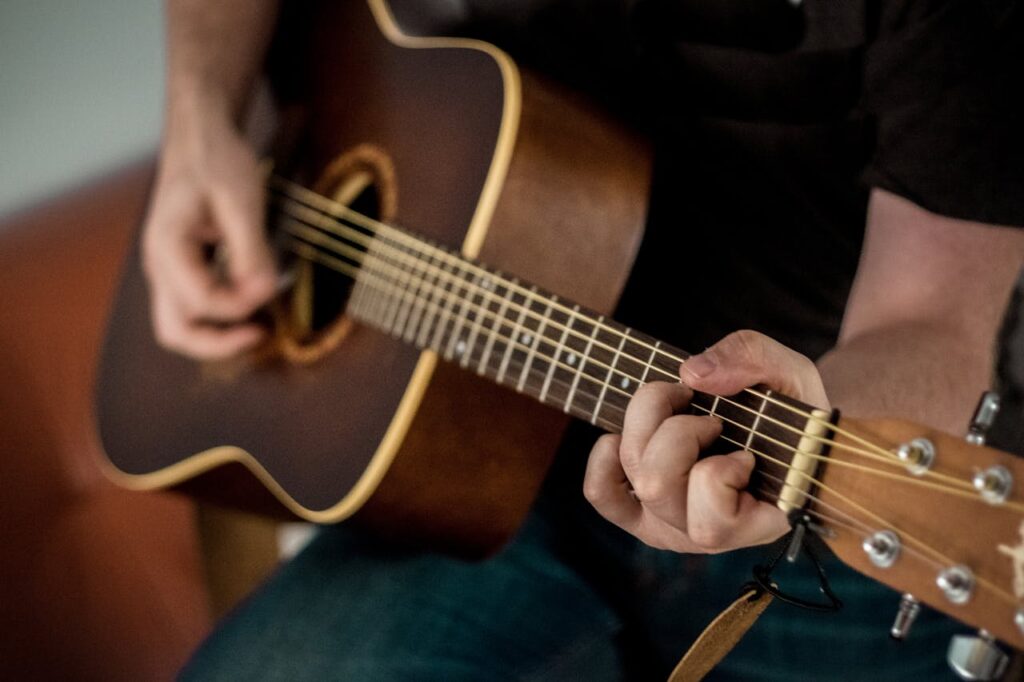
Musical instruments can cost hundreds or even thousands of dollars new, so finding them in a thrift store is often a huge win. Guitars, violins, keyboards, and even brass instruments occasionally appear in secondhand shops, often in playable condition. Before buying, check for cracks, missing strings, or loose tuning pegs. Even if minor repairs are needed, they can often be done affordably compared to buying new. Instruments with wooden bodies, like acoustic guitars, often sound better as they age because the wood develops richer tonal qualities over time.
8. Sports Equipment for Beginners
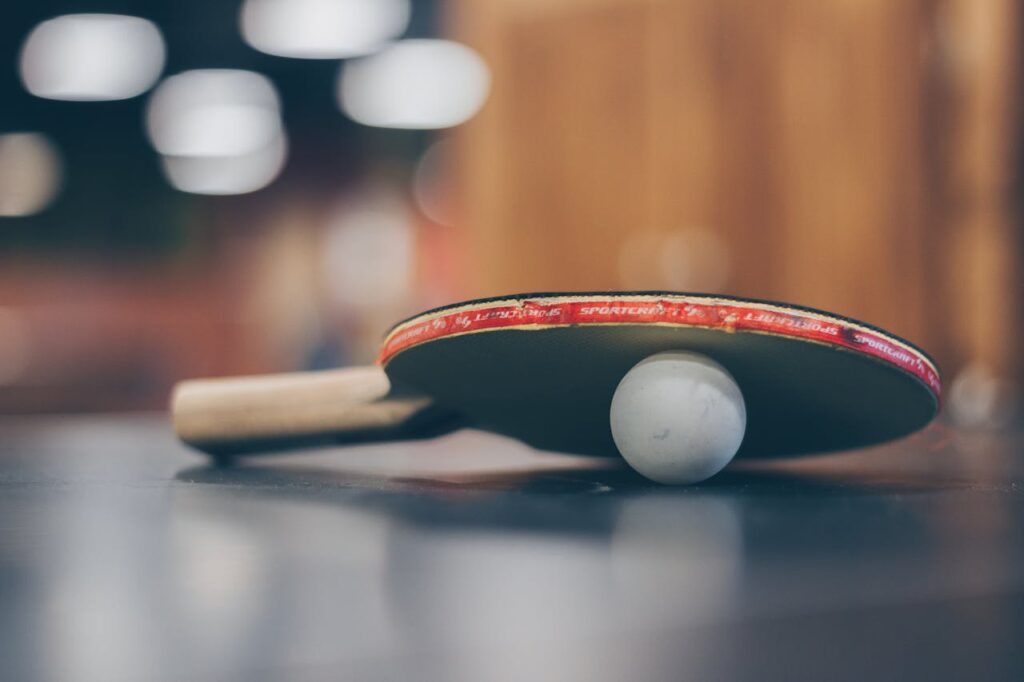
If you are trying a new sport or hobby, buying secondhand equipment is a low-cost way to start. Items like tennis rackets, golf clubs, yoga mats, or even roller skates can often be found in good condition. Since beginners may not stick with a sport long-term, investing in expensive gear right away can be a waste. Look for equipment with minimal wear and no major damage. You can often find gently used items from people who bought them with good intentions but never used them more than a few times.
9. Picture Frames and Artwork

Thrift stores are full of affordable picture frames in all shapes and sizes. Even if you do not like the artwork inside, the frame itself can be repurposed for your own photos or art. Wooden frames can be sanded and repainted to match your décor, and metal frames can be polished for a fresh look. Sometimes the art itself turns out to have value, especially if it is a vintage print or an original work. Buying frames secondhand is also much cheaper than purchasing them new from craft stores, where prices can be surprisingly high.
10. Home Décor Items
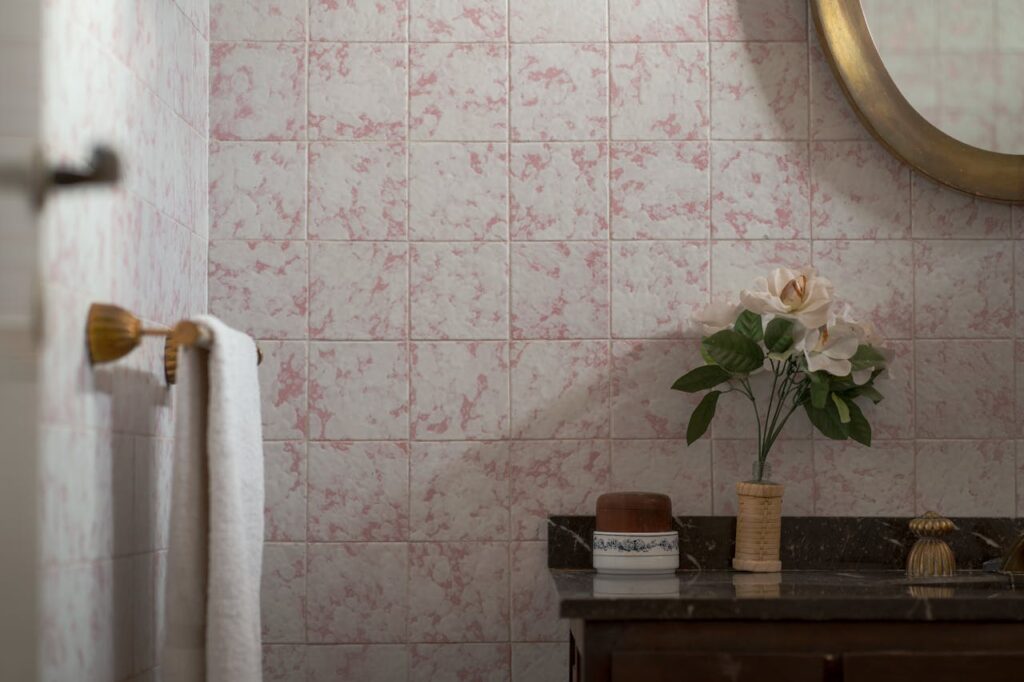
Vases, candle holders, baskets, lamps, and decorative bowls are excellent thrift finds because they are easy to clean and can instantly enhance your home’s style. Many thrift stores carry unique vintage pieces that you will not find in chain home goods stores. Items like ceramic vases can be scrubbed clean, and fabric lampshades can be replaced or recovered for a fresh look. By mixing thrifted décor with your existing pieces, you can create a more personal and distinctive home environment without spending a lot of money.
10 Things You Should Never Buy Used
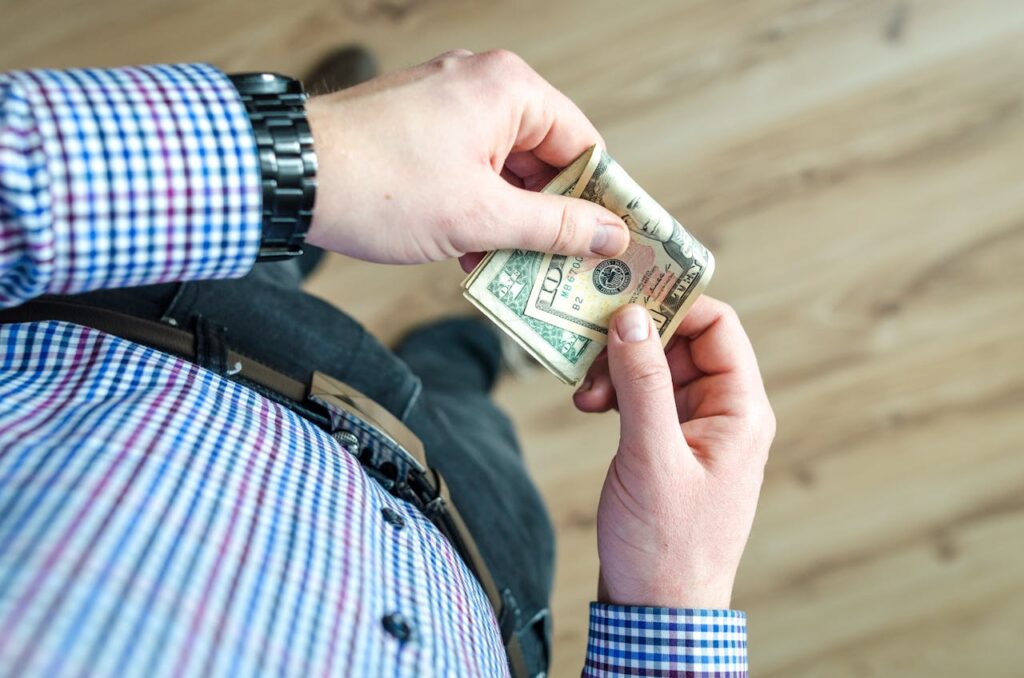
Buying secondhand can save money, but not all thrifted finds are worth the risk. Some items can hide safety hazards, hygiene issues, or performance problems that are not obvious at first glance. Products like helmets, car seats, and certain household goods may no longer meet current safety standards, while others such as mattresses or cookware can harbor harmful bacteria or wear that makes them unsafe. In these cases, the savings are rarely worth the potential health and safety concerns. Knowing what to avoid ensures you shop smarter and keep both your home and family protected.
1. Mattresses

Used mattresses can seem like a bargain, but they often carry hidden health and hygiene risks. Even if they look clean, they can harbor bedbugs, dust mites, mold, and bacteria deep within the padding where cleaning cannot reach. These pests can spread quickly to other furniture and are extremely difficult to remove once inside your home. Mattresses also lose support over time, leading to poor spinal alignment and disrupted sleep. The average mattress lifespan is around 7 to 10 years, and buying one secondhand means you do not know how much of that time has already been used up. For something that directly affects your health and rest, buying new is the safest choice.
2. Helmets
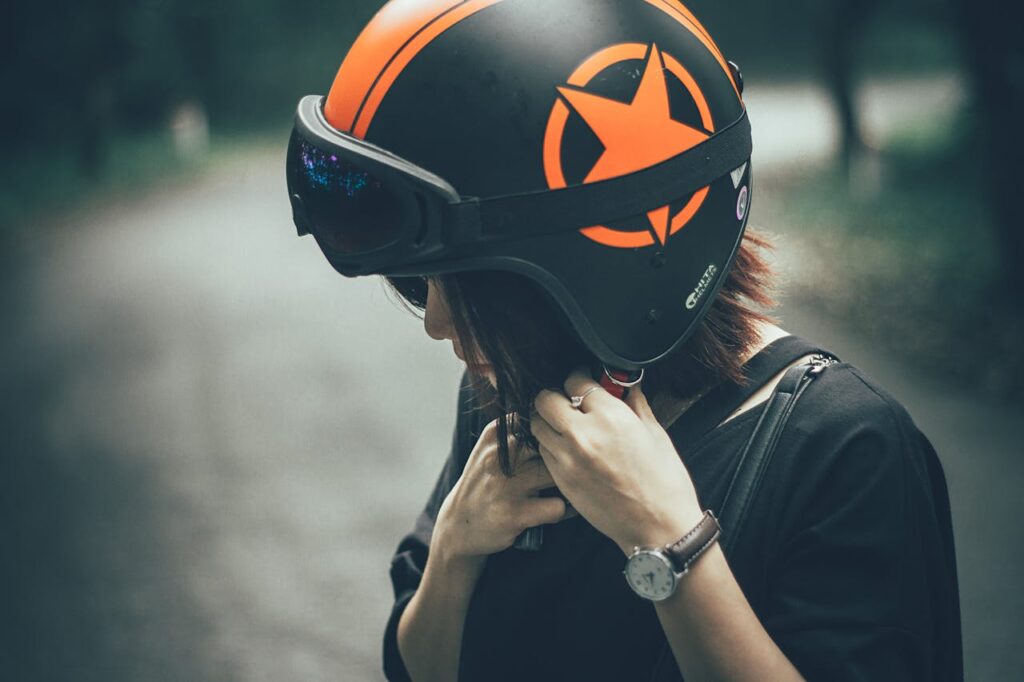
Helmets for cycling, motorcycling, or sports are designed to absorb impact during a crash, but only once. Even if there are no visible cracks, a used helmet could have sustained damage that weakens its protective structure. This means it may not perform properly in another impact, putting you at serious risk of injury. Helmet safety standards also change over time, so an older secondhand helmet might not meet current protection guidelines. Since helmets directly affect safety in high-risk activities, it is worth investing in a brand-new one with a known history.
3. Car Seats
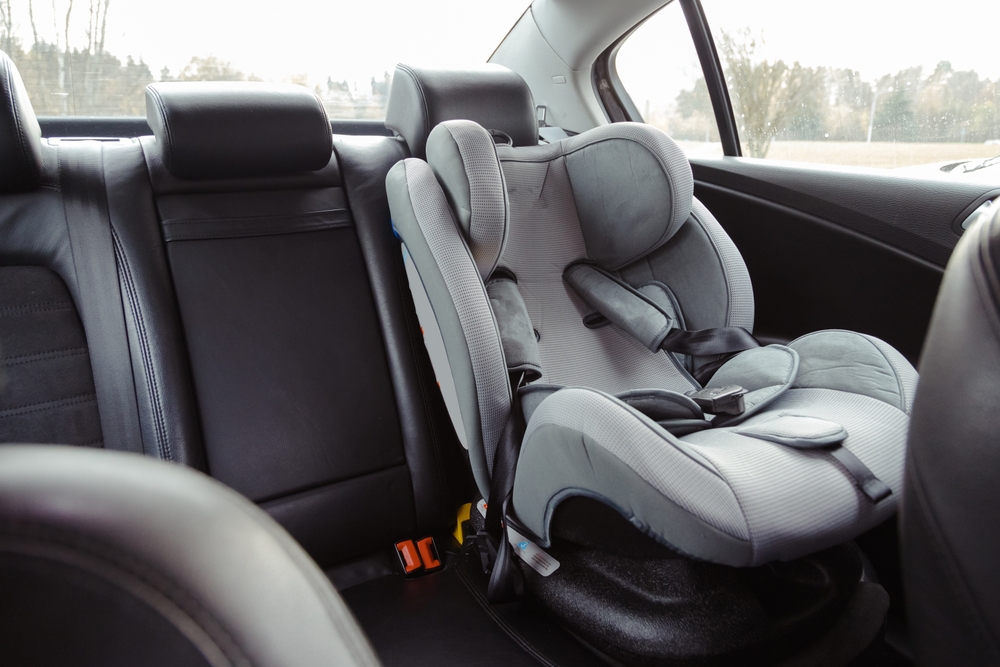
Car seats for children are another safety item that should never be purchased used unless you know the full history from a trusted source. Seats that have been in accidents, even minor ones, can have invisible structural damage. Safety standards for car seats change frequently, and older models may not meet the latest crash test requirements. Many car seats also have expiration dates, typically six to ten years after manufacturing, because materials degrade over time. A used seat could also be missing critical parts, which can make it unsafe for a child.
4. Non-Stick Cookware
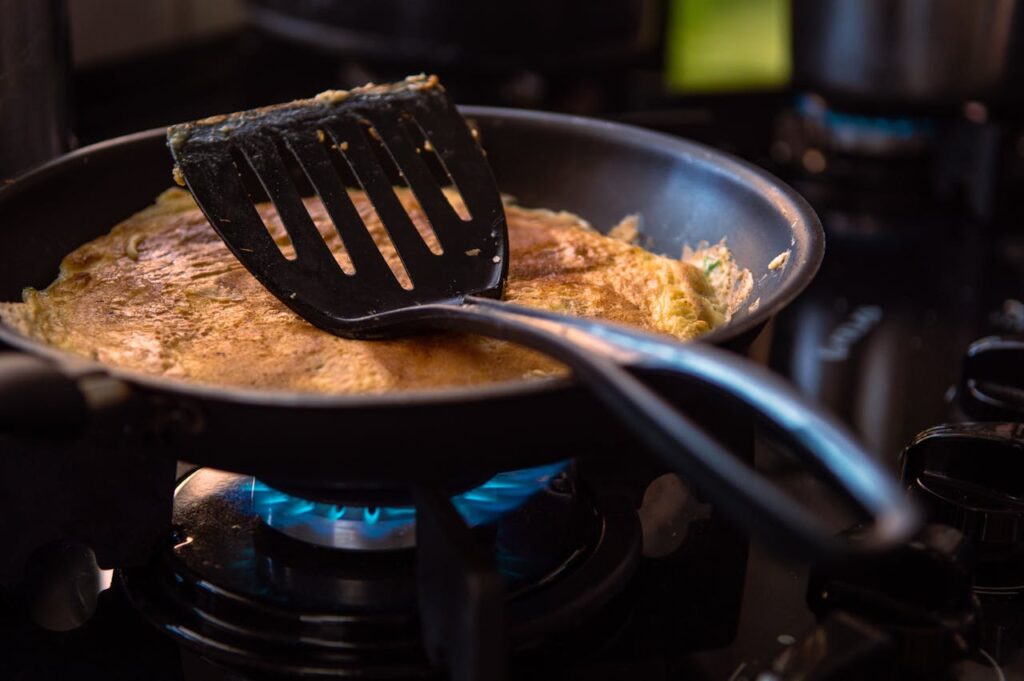
Non-stick cookware can wear out faster than other types of pots and pans, especially if used with metal utensils or exposed to high heat. Scratches in the coating can cause it to flake off into food, which is both unpleasant and potentially harmful. Older non-stick pans may also contain materials that are no longer considered safe for cooking. Since there is no easy way to tell how a secondhand pan was used or cleaned, buying new ensures you get a product that is safe and long-lasting.
5. Underwear and Swimwear
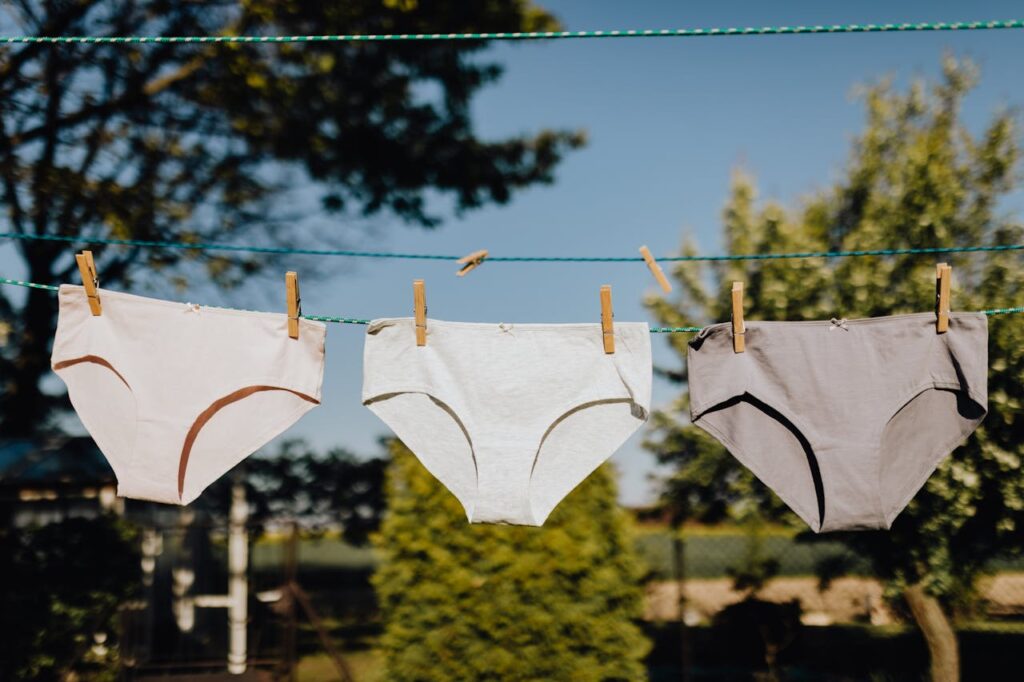
These intimate items are in close contact with the skin and can absorb body fluids, bacteria, and fungi. Even thorough washing cannot always eliminate all pathogens, especially in elastic and padding materials. Secondhand underwear or swimwear can also have stretched-out waistbands, worn fabric, or damage that affects fit and comfort. For hygiene and personal health, it is best to purchase these items new.
6. Shoes with Heavy Wear
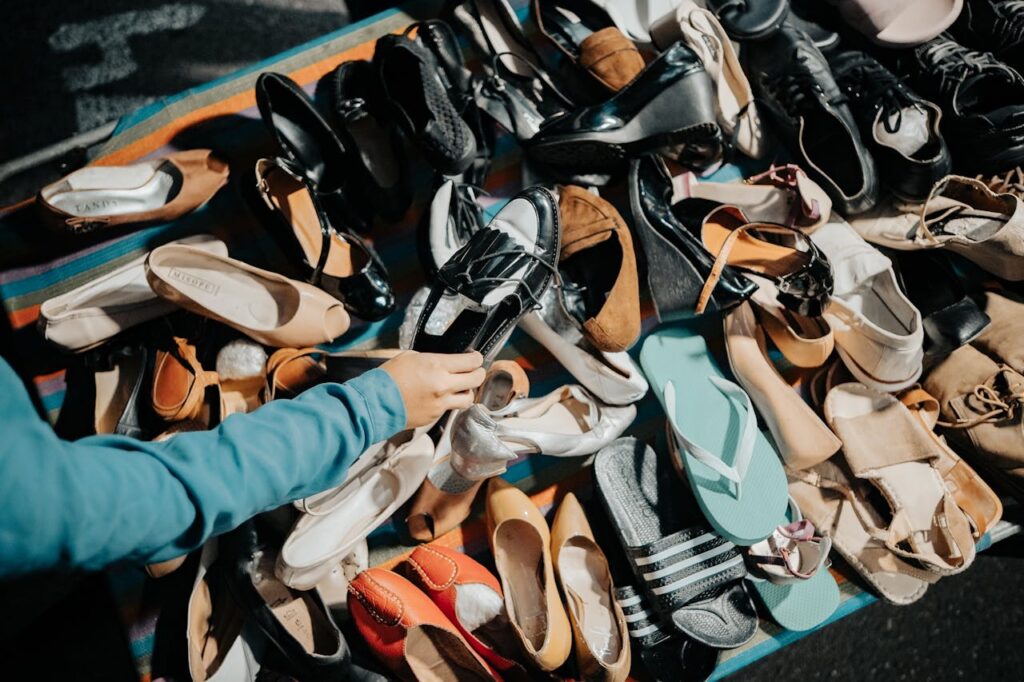
Shoes mold to the original owner’s foot shape over time, and wearing them can lead to discomfort, blisters, or even foot pain. Worn-out soles, collapsed arch support, and uneven tread wear can also cause posture problems and joint strain. While lightly used shoes in excellent condition can sometimes be fine, heavily worn shoes should be avoided. For athletic shoes in particular, cushioning and shock absorption degrade with use, reducing their effectiveness and increasing injury risk.
7. Old Electronics Without Warranties
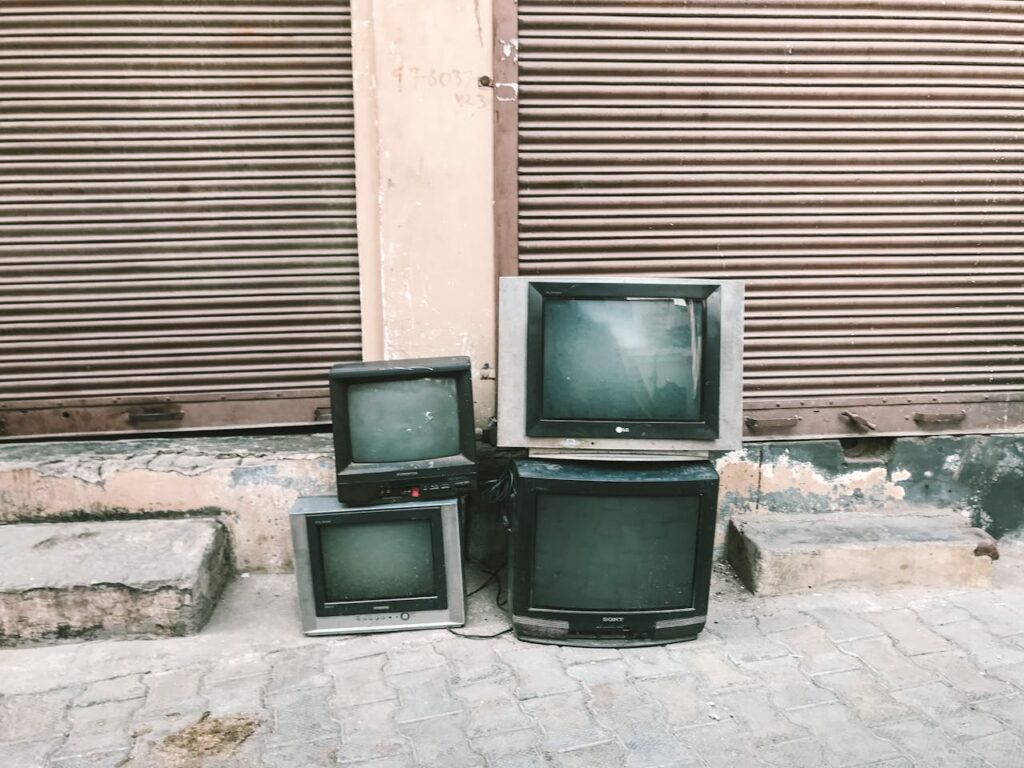
Buying electronics secondhand can be risky if they are outdated or have unknown usage history. Laptops, phones, and televisions can have worn-out components, hidden internal damage, or battery issues. Without a warranty or return policy, any needed repairs will come out of your pocket and may cost more than buying new. Outdated electronics can also lack security updates, making them vulnerable to software issues or hacking. Unless you can test the item thoroughly and trust the seller, it is safer to buy new or refurbished from a certified retailer.
8. Blenders and Food Processors with Cracked Parts
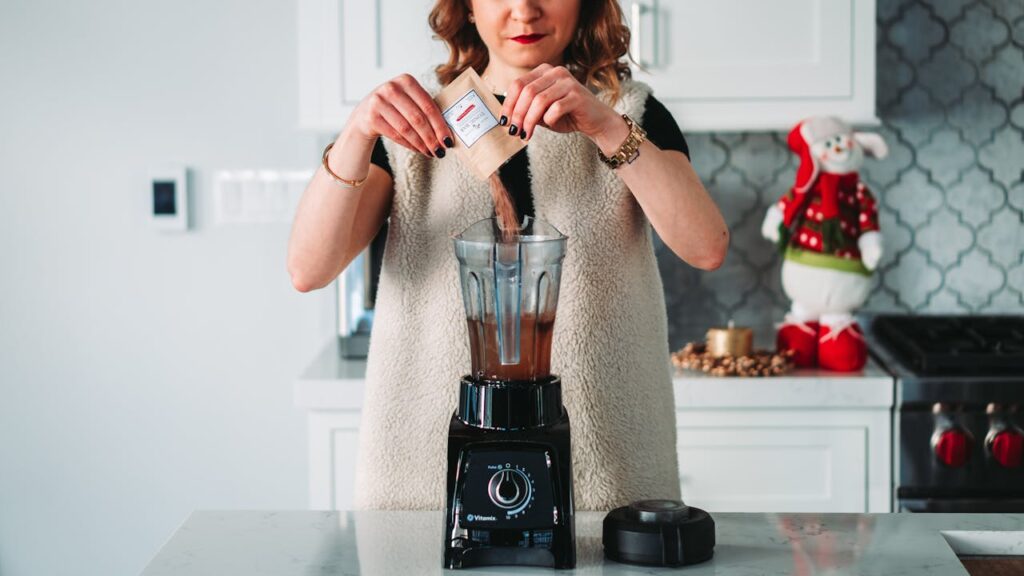
Kitchen appliances that come into direct contact with food need to be safe and cleanable. Cracks in plastic containers, lids, or blades can trap bacteria that is nearly impossible to remove. Motors in older appliances may also be worn out, leading to poor performance or sudden failure. Since blenders and food processors often run at high speeds, structural weakness can cause parts to break while in use, creating both safety and hygiene hazards.
9. Hair Dryers and Styling Tools
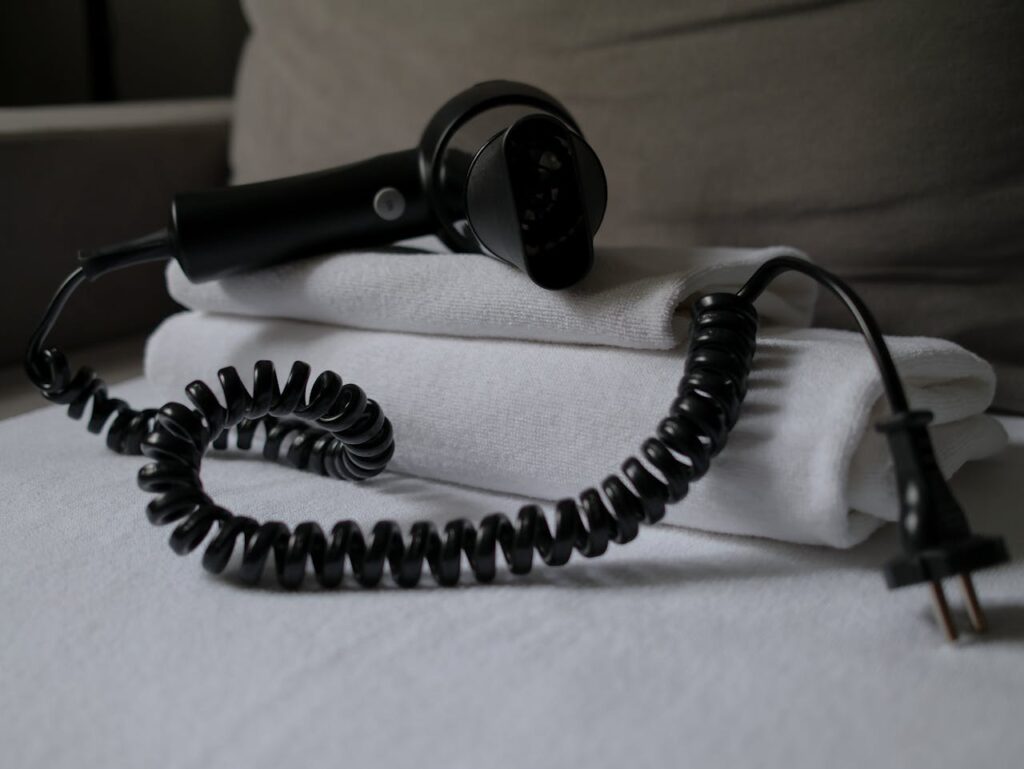
Hair dryers, curling irons, and straighteners can degrade over time, especially if used frequently. Internal dust and hair buildup can cause overheating, which is a fire hazard. Electrical cords on older tools may fray or lose insulation, increasing the risk of electric shock. Heating elements can also wear down, resulting in inconsistent performance. Because of these safety issues, it is better to buy new hair tools with modern safety features and a manufacturer’s warranty.
10. Baby Cribs and Playpens

Older cribs and playpens may not meet current safety regulations, and some have been recalled for design flaws that cause injury or suffocation hazards. Missing or loose hardware can make them unstable, and worn-out materials can create gaps where a baby’s head or limbs could get trapped. Wood that is splintered or cracked can also injure small children. Since safety standards evolve over time, a new crib or playpen ensures compliance with the latest guidelines and provides peace of mind for parents.
Disclaimer: This article was created with AI assistance and edited by a human for accuracy and clarity.
